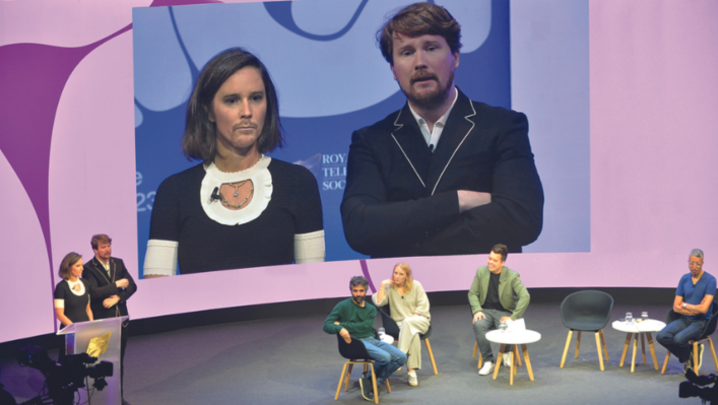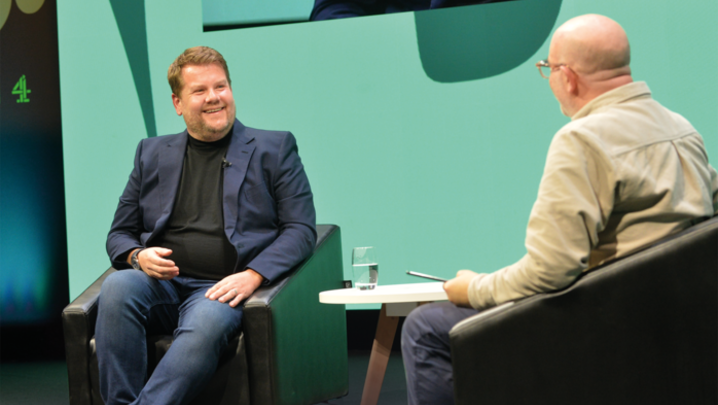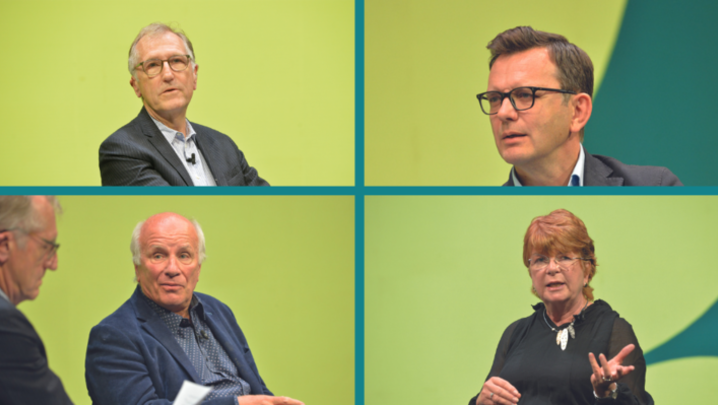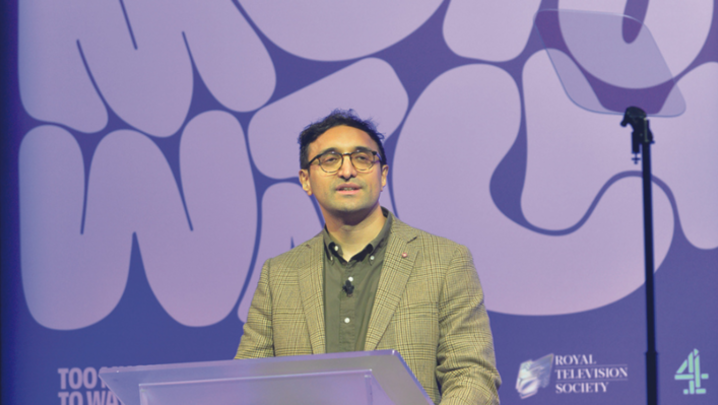Marcus Ryder assesses what progress the UK TV sector is making in implementing its diversity initiatives.
On 25 May 2022, I held an online memorial to mark the second anniversary of the murder of George Floyd. In the public discourse, Floyd’s death has become much more than the death of one black man in police custody, something that happens far too often. The murder sparked global Black Lives Matter protests, symbolising structural racial inequalities across the world and the need to address them.
This led to numerous major companies and organisations not only acknowledging the issues facing black people, but also announcing policies to address them.
In the UK, the television industry was at the forefront of declaring the need to address the racial inequalities that have plagued it for far too long.
I am proud to work in an industry that publicly took such a proactive approach in accepting it has failed black people and declaring the need to resolve long-standing and entrenched inequalities. But, as the saying goes, “Talk is cheap.”
The biggest and most high-profile policy initiative of the past 12 months, and possibly a defining moment in British television’s attempt to address its issues around black representation, behind and in front of the camera, was Channel 4’s Black to Front project, which took place on 10 September last year.
This was a day of programming that featured 100% black talent in front of the camera and an attempt to maximise black representation behind it. I am not suggesting repeating Black to Front, but all broadcasters would gain by looking at how the channel approached developing and implementing the policy. What might easily have been an insulting gimmick could prove to be a model for how broadcasters create and initiate anti-racism, diversity and inclusion policies in the future.
Channel 4 recognised that it did not have the necessary skills in-house to successfully implement Black to Front. So, early on, the broadcaster consulted with the Sir Lenny Henry Centre for Media Diversity (LHC).
Obviously, as LHC’s head of external consultancies, I have a vested interest, but broadcasters recognising the need for external support in general is essential to achieve progress.
Channel 4 knew it was not going to achieve its target of 100% black representation behind the camera, but finding out where it had difficulty filling positions enabled it to look at how to focus on these problem areas
Finally, it did not “mark its own homework.” Channel 4 went back to the LHC to assess what it had done and where it had gone wrong. The principle of having third-party evaluation is another important policy development that broadcasters had not previously adopted (at least, not publicly).
While Channel 4’s approach to Black to Front is welcome, it also highlights that the television industry still has a long way to go to achieve racial equality – and little has changed since the project aired.
Certain key positions, such as studio director, set design and black talent outside of London, clearly suffer from a severe skills shortage.
The Channel 4 experience also demonstrates that there is still a lot of work to be done to foster and grow black-led indies, which have had limited success in gaining commissions.
The success of Black to Front points to another glaring problem bedevilling all broadcasters – the lack of black commissioners. Channel 4 acknowledges that the project would not have happened without Vivienne Molokwu, commissioning editor for features. Black commissioners are still the exception rather than the norm and those who do exist are predominantly in junior roles.
While Channel 4’s Black to Front is useful for taking the temperature of the industry in general, it should be noted that the last year has been marked by other major trends.
Twelve months ago, when I assessed in Television how the broadcasters had done since George Floyd’s murder, I concluded by saying; “It would be churlish of me not to recognise and applaud the fact that the vast majority of them rolled out new policies.… However, most of the policies have been unclear about the most important aspect of the television industry – programme finance. And the policies are not focused on the fundamental issue raised by the protests – anti-black racism.”
The good news is that many of the broadcasters seem to have heard the criticism and tried to address the two main points: financing and recognising the importance of focusing on anti-black racism – as opposed to more general racism and discrimination against people of colour, important as they are.
The best example over the past year of this culture change in heeding anti-black racism is the report the LHC conducted for all the PSBs (although sponsored by the BBC) on the term BAME (black, Asian and minority ethnic). Although the report was ostensibly about racial language, and focused particularly on news reporting, the fact that it was commissioned demonstrated a clear understanding that lumping all “non-white” people together under one umbrella has serious policy implications when trying to address specific issues.
Similarly, LHC also wrote a paper for Channel 4 on “intersectionality”, the concept that people can possess multiple protected characteristics: the issues facing a disabled black woman may be different from those facing a gay black man – although they will also share some common issues.
This cultural move – recognising that it is important to capture a more granular picture of the diversity of your black workforce in order to implement policies to address specific issues – is an important development.
The three major PSB broadcasters, the BBC, ITV and Channel 4, have also recognised the importance of finance in addressing under-representation. They have all announced some form of ring-fenced funding for black and ethnic-minority programmes. However, this has been bedevilled by a lack of clarity around the financing, with the BBC possibly being the most confusing. In one press release, it explicitly called it “ring-fenced” funding while denying in public that it is ring-fenced funding.
The other big trend is that all the broadcasters have tried to address the problems facing black-led indies.
While it is too early to tell whether the policies around ring-fenced funding and black-led indies will bear fruit, there are some worrying problems that the industry should be aware of.
One lesson from recent history is that it wasn’t until Ofcom and Pact agreed a standard, industry-wide definition of “out of London” – and what was and wasn’t a regional indie – that real progress was made. Broadcasters being permitted to create their own definitions (and definitions that are different from those of other broadcasters) – is concerning: it has proved unsuccessful in the past.
The other elephant in the room is retention of top talent, especially in broadcasters’ diversity departments: the BBC and Channel 4 both saw key members leave. This could be an indication that there are internal problems around diversity at the broadcasters that have not yet come to light.
Finally, there is anecdotal evidence of serious cultural issues within the BBC concerning “black inclusion”. It seems that senior editorial staff see Black Lives Matter as a controversial political term that its journalists cannot discuss freely in public. However, most black journalists I have spoken to view it as a broader anti-racist term in line with the corporation’s public values.
Even two years in, it is too early to tell if progress has been made. There seems to have been a positive cultural shift to diversity and how policy is approached, but there are also some concerns that broadcasters need to address. They almost definitely require the intervention of Ofcom and Pact.
Vive la révolution or plus ça change?
Marcus Ryder is a founder member of the Sir Lenny Henry Centre for Media Diversity.






